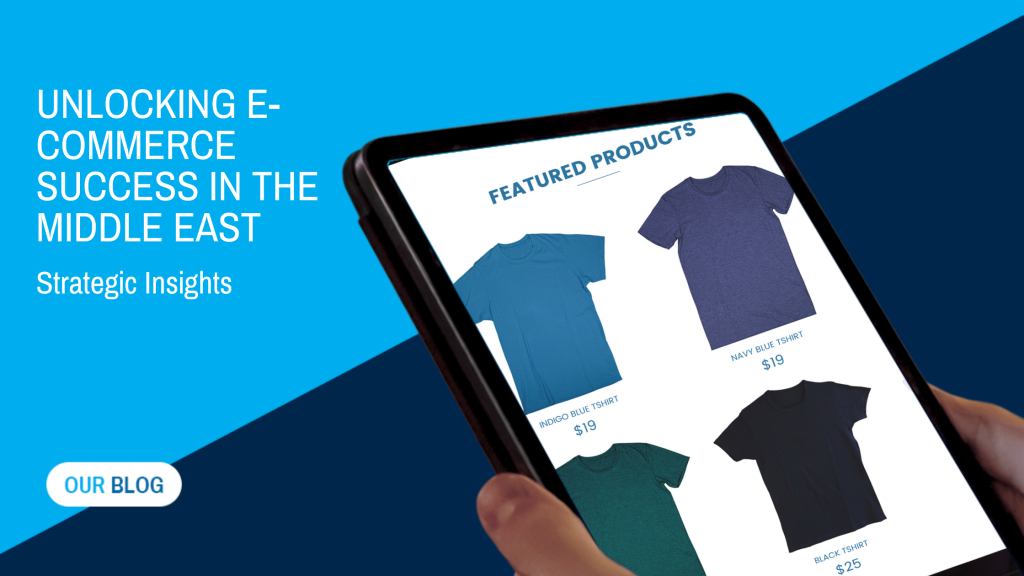The Middle East’s e-commerce sector is experiencing an extraordinary rise, powered by technological advancements, demographic momentum, and shifting consumer habits. For businesses targeting this lucrative market, understanding the regional dynamics is key. Here, we unravel the strategies vital for success in the rapidly expanding Middle Eastern e-commerce landscape.
1. Navigating Cultural Nuances and Consumer Preferences
The heart of effective e-commerce strategies lies in recognizing and respecting the region’s diverse cultural contours.
Tailoring to Cultural Sensitivities
Knowledge of cultural events and behavioral patterns is crucial. For example, recognizing Ramadan’s impact on consumer spending patterns can unlock seasonal marketing opportunities.
Keeping Abreast of Local Trends in E-commerce
Identifying what products resonate with local consumers can set your business apart. Trends like modest fashion are gaining substantial traction in the region.
2. The Imperative of Mobile Optimization
With some of the highest global rates of mobile device usage, the Middle East is a mobile-first market.
Mobile-Responsive Platforms for E-commerce
It’s imperative that e-commerce platforms offer a seamless mobile experience, integrating mobile payments to cater to the tech-savvy population.
Diverse Payment Options
Inclusion of multiple payment modes, including popular local digital payment solutions and the traditional cash-on-delivery option, aligns with regional preferences, potentially boosting transaction rates.
3. Building Trust Through Security and Transparency for Successful E-commerce
In the burgeoning e-commerce space, consumer trust is foundational.
Securing Customer Data
Investing in advanced cybersecurity measures is non-negotiable to safeguard customer information and fortify business credibility.
Transparent Operations
From initiating a purchase to the unboxing, transparent communication is key in establishing trust with consumers.
4. Streamlining Logistics for Customer Satisfaction in E-commerce
The efficiency of logistics directly influences customer loyalty.
Fast and Reliable Delivery Services
Partnerships with reputable local logistics providers ensure timely deliveries and, if necessary, hassle-free returns, enhancing customer satisfaction.
5. The Influence of Social Media Marketing on E-commerce
The pervasive influence of social media in the Middle East opens up new marketing avenues.
Engagement Through Influencers
Collaborating with respected social media influencers can catapult brand presence and foster trust among consumers.
6. Excellence in Customer Support for Successful E-commerce
Providing stellar customer service is essential in retaining customers and inducing positive word-of-mouth.
Round-the-Clock Support
Availability for customer inquiries and efficient resolution mechanisms, preferably in local languages like Arabic, signify a customer-first approach.
7. Embracing Localization
While globalization has its influence, localizing content is an insightful strategy.
Language and Cultural Alignment
Providing content in Arabic and ensuring cultural relevance in offerings will likely engage a broader audience.
Strategizing for the Future
The e-commerce ecosystem in the Middle East is flourishing, offering vast opportunities for businesses. Thriving in this space requires a blend of global strategies with a deep understanding of local intricacies. By building consumer trust, optimizing for mobile, and ensuring cultural alignment, companies can carve a niche for themselves in this promising market.
FAQs
Q1: What payment methods do Middle Eastern consumers prefer for online purchases?
Though there’s a noticeable shift towards digital payment solutions and credit cards, cash-on-delivery continues to be a favored option among many consumers in the Middle East. The trend, however, is a growing inclination towards diverse and secure digital payment methods.
Q2: How integral is social media for e-commerce businesses in the Middle East?
Social media is paramount in the Middle Eastern e-commerce sector. Platforms like Instagram and Snapchat command massive user bases, and consumers heavily rely on influencer endorsements for purchase decisions, making social media a powerful marketing tool.
Q3: Are there specific regulatory considerations for e-commerce in the Middle East?
Absolutely, each Middle Eastern country has distinct e-commerce regulations, encompassing aspects such as digital transactions, consumer rights, and data protection. Companies must thoroughly research and comply with these legal frameworks to operate seamlessly within these markets.
Ready to harness the power of AI for your business? Contact Skyfall Blue, a leading digital marketing agency, to create a winning digital marketing strategy tailored to your business needs.
For further information and details, you can click on this link.



Leave a Reply